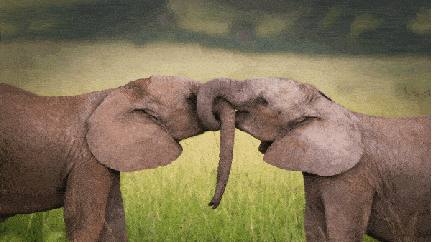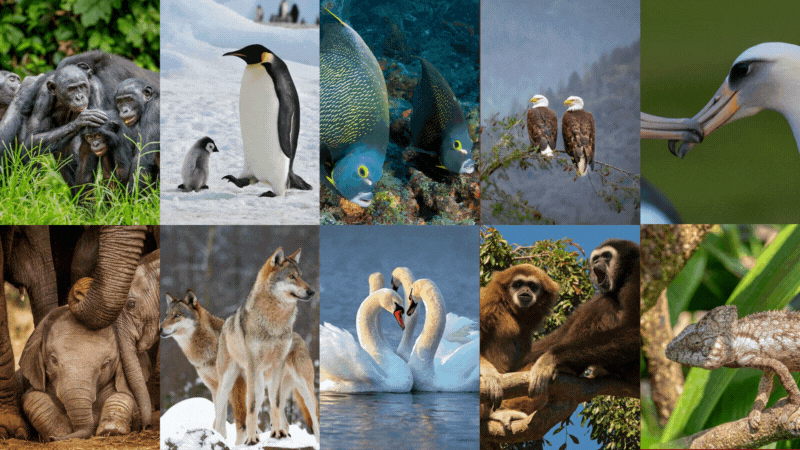
Top 10 most romantic animals
Blog
Valentine’s Day isn’t just for humans! Animals in the wild also engage in some of the most heartwarming and romantic behaviours. From extravagant displays of affection to lifelong partnerships, here are 10 of the most romantic animals to celebrate this Valentine’s Day:
1. Gibbons
These primates are known for their soulful duets, where mated pairs sing intricate songs to each other to reinforce their bond. Each gibbon species has its own unique song, and mates often synchronize their calls, creating a beautiful harmony that resonates throughout the forest canopy.
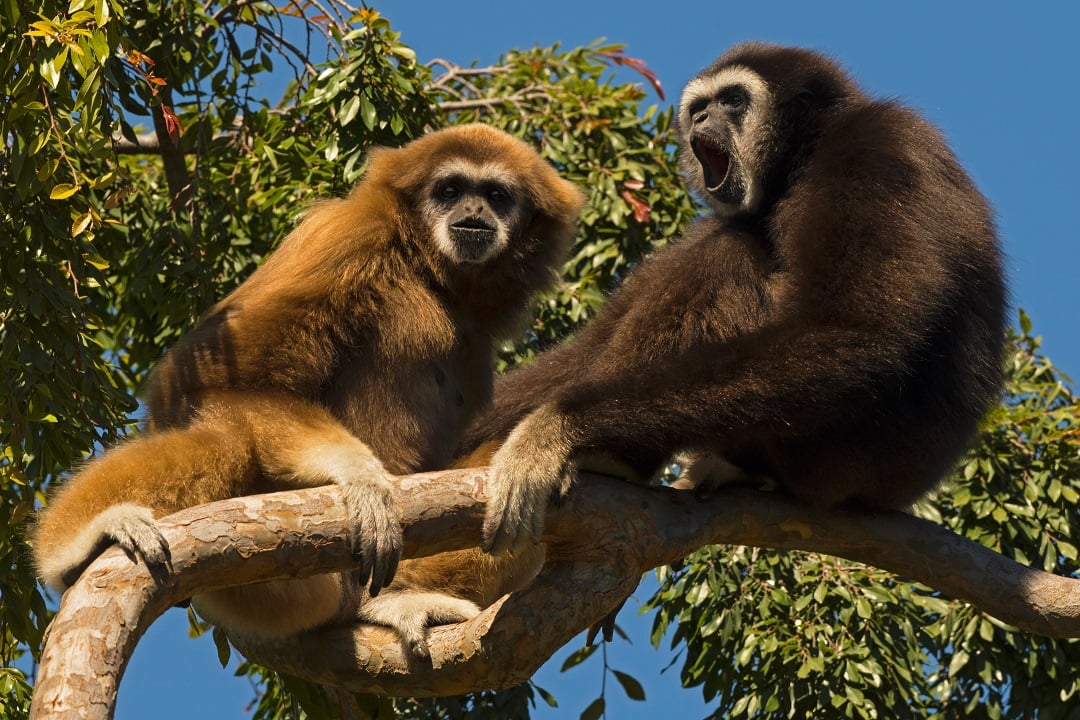
Photo: Laurie E Wilson / Shutterstock
2. Swans
Often depicted as symbols of love, swans are famous for their graceful courtship rituals, which include synchronized swimming, head bobbing, wing flapping and even forming heart shapes with their necks.
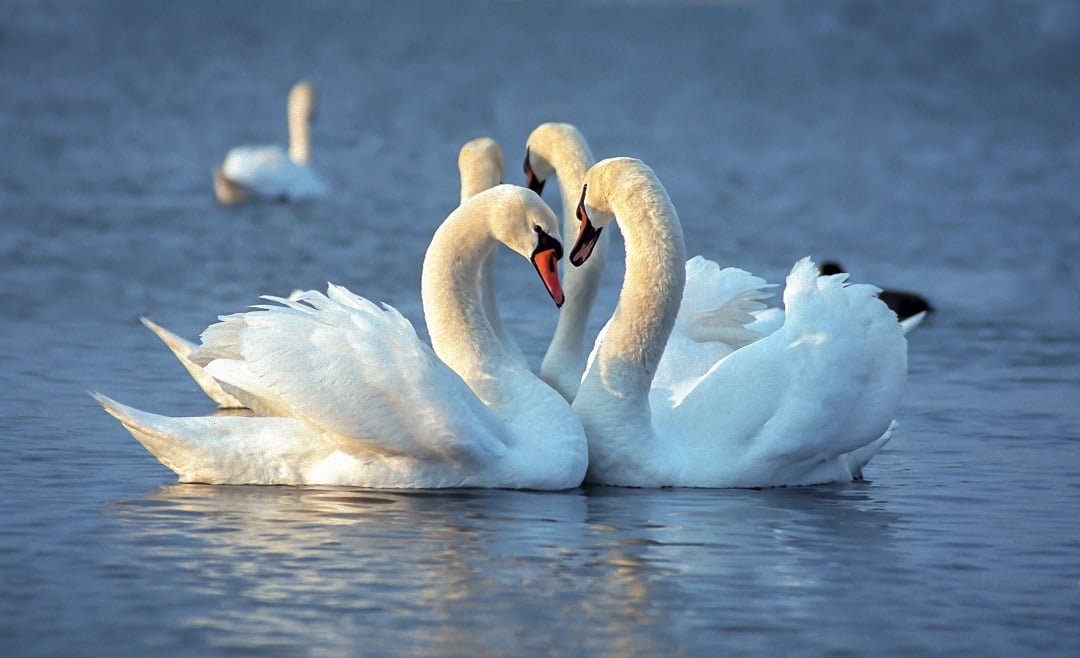
Photo: Oleg Kovtun Hydrobio / Shutterstock
3. Albatrosses
These majestic seabirds are known for their lifelong monogamous relationships. Albatrosses engage in elaborate dances to strengthen their bond, where they gracefully weave and intertwine their necks, touch bills, and spread their wings in coordinated movements.
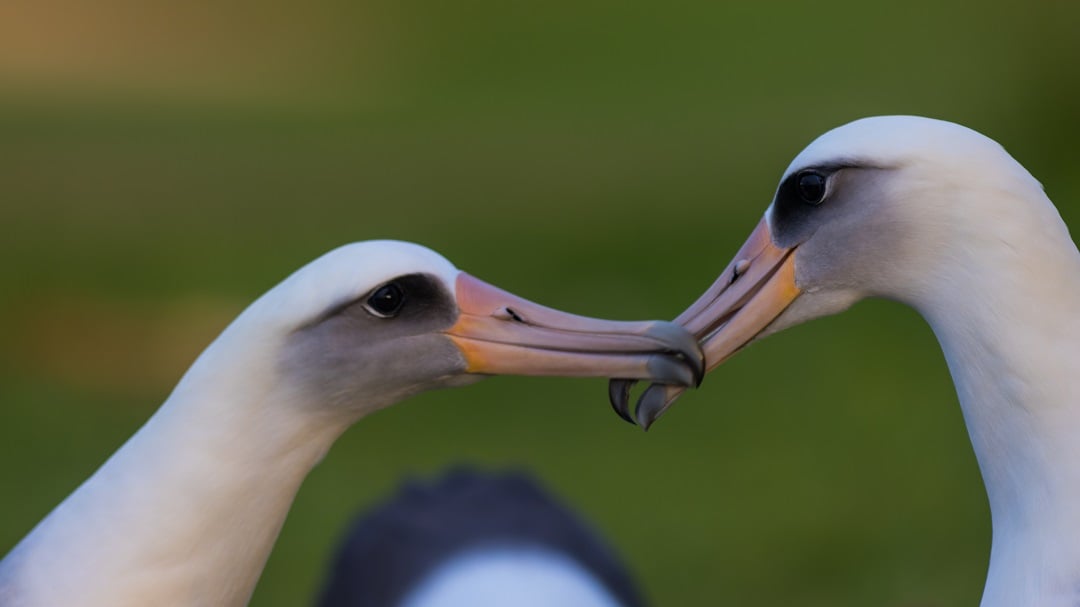
Photo: Mark Lindberg / Shutterstock
4. Penguins
Penguins are known for their dedication to their partners and offspring - they share parental duties and huddle together during harsh winter weather to keep each other warm. Penguins are also known to give their partners gifts – rocks!
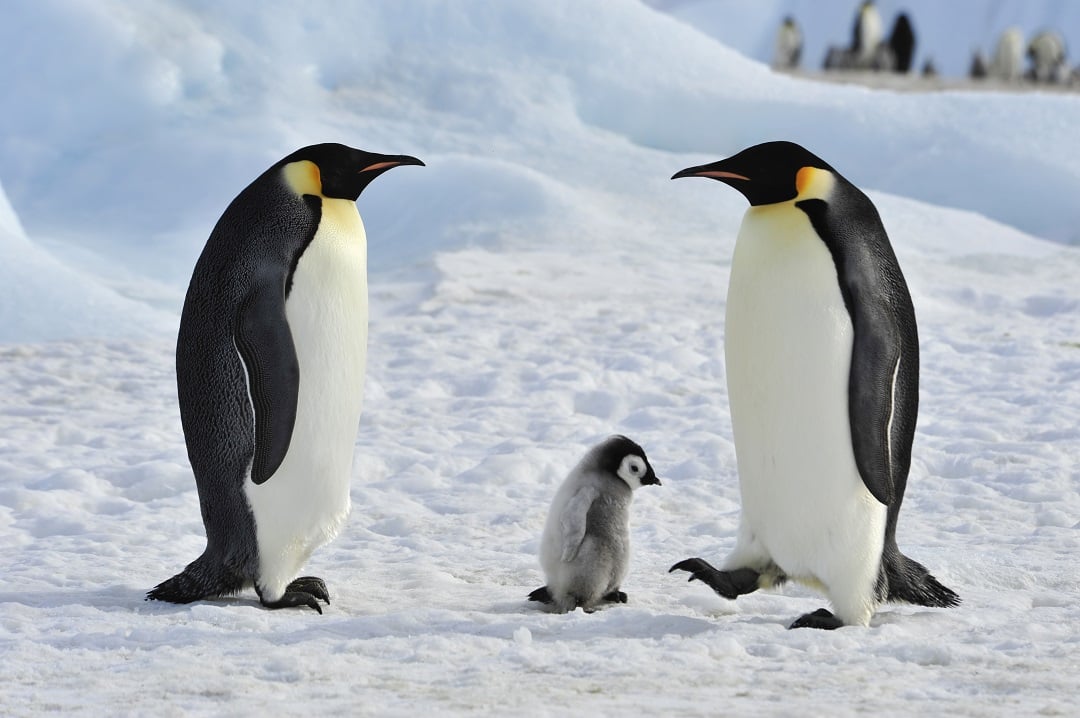
Photo: vladsilver / Shutterstock
5. Wolves
Wolves are incredibly loyal to their mates and packs, often staying together for life. They communicate through howling, reinforcing both their bonds and territorial boundaries.
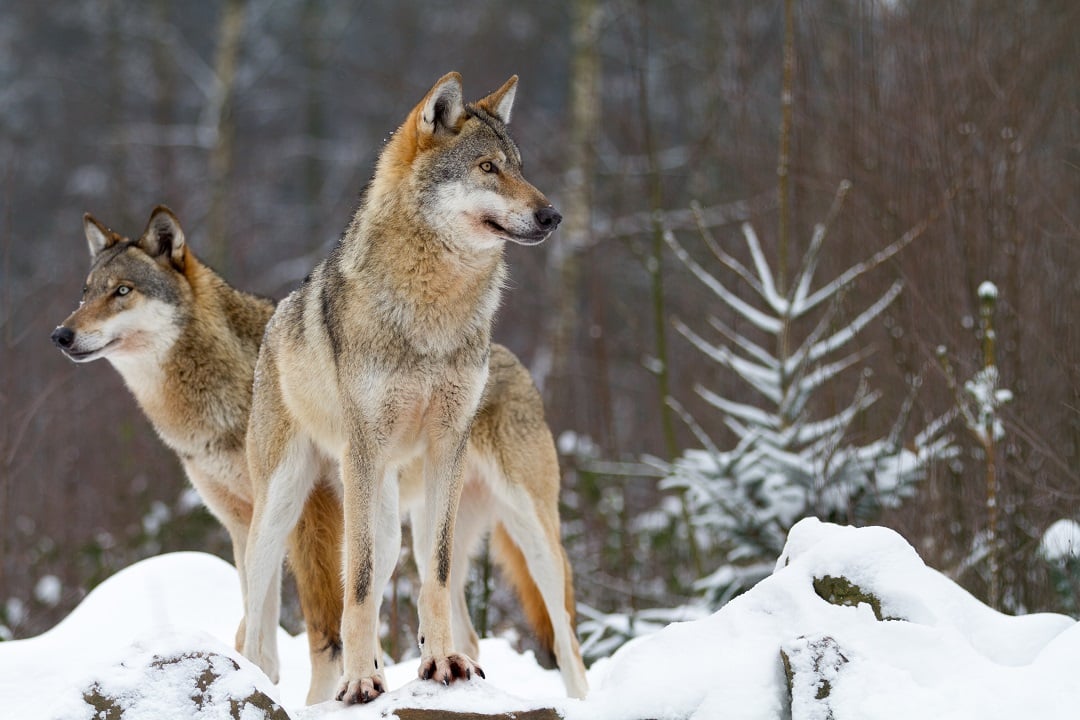
Photo: kochanowski / Shutterstock
6. Bald Eagles
These majestic birds of prey engage in breathtaking aerial courtship displays, locking talons and free-falling together before separating at the last moment. Eagles are also known to bring gifts of food to their mates!
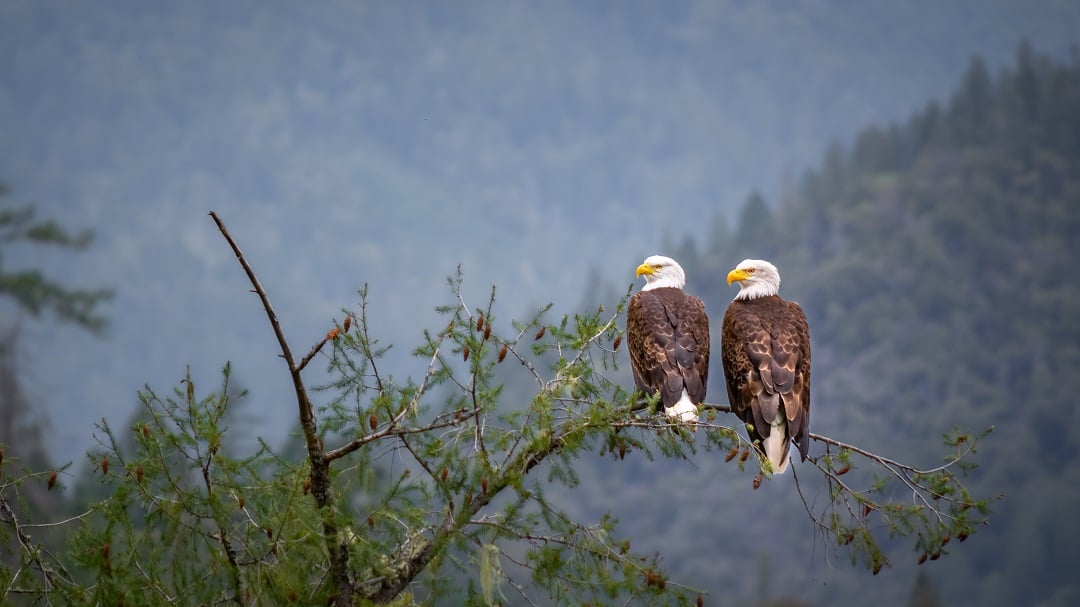
Photo: Petar Marshall / Shutterstock
7. Bonobos
The love language of a Bonobo is physical touch. Physical intimacy plays a crucial role in bonobo society, serving as a means of conflict resolution, social bonding, and establishing social hierarchy within their communities.
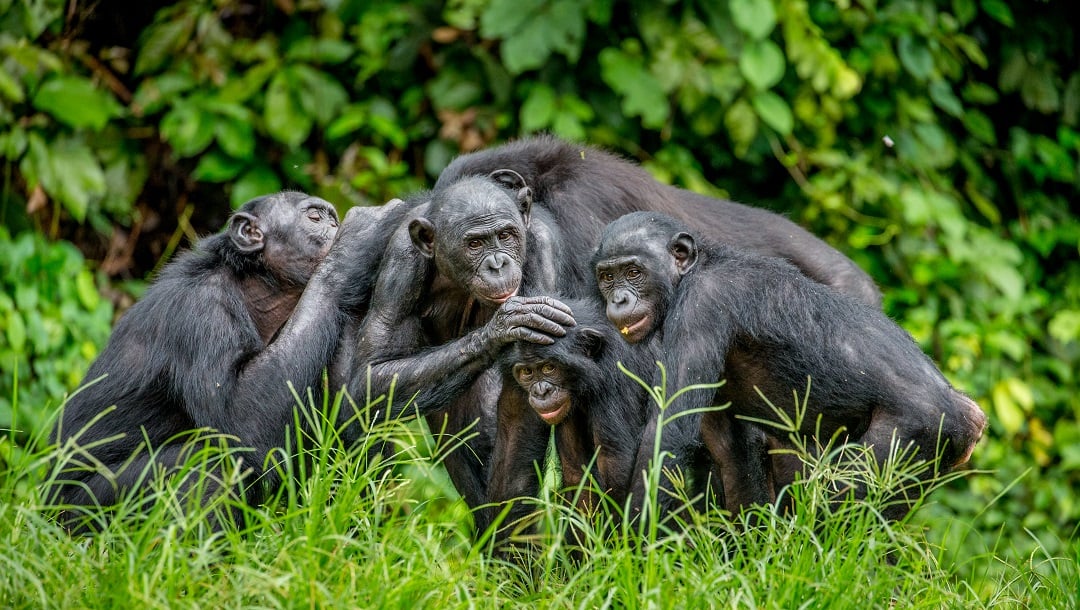
Photo: GUDKOV ANDREY / Shutterstock
8. Chameleons
Male chameleons often perform elaborate courtship displays, showcasing their vibrant colours and performing intricate dances to impress potential mates. Once a pair has bonded, they will often spend time together basking in the sun or hunting for food.

Photo: Artush / Shutterstock
9. French Angelfish
Always seen in pairs, these fish are monogamous and stay together for life. They do everything together and will even defend each other from predators.
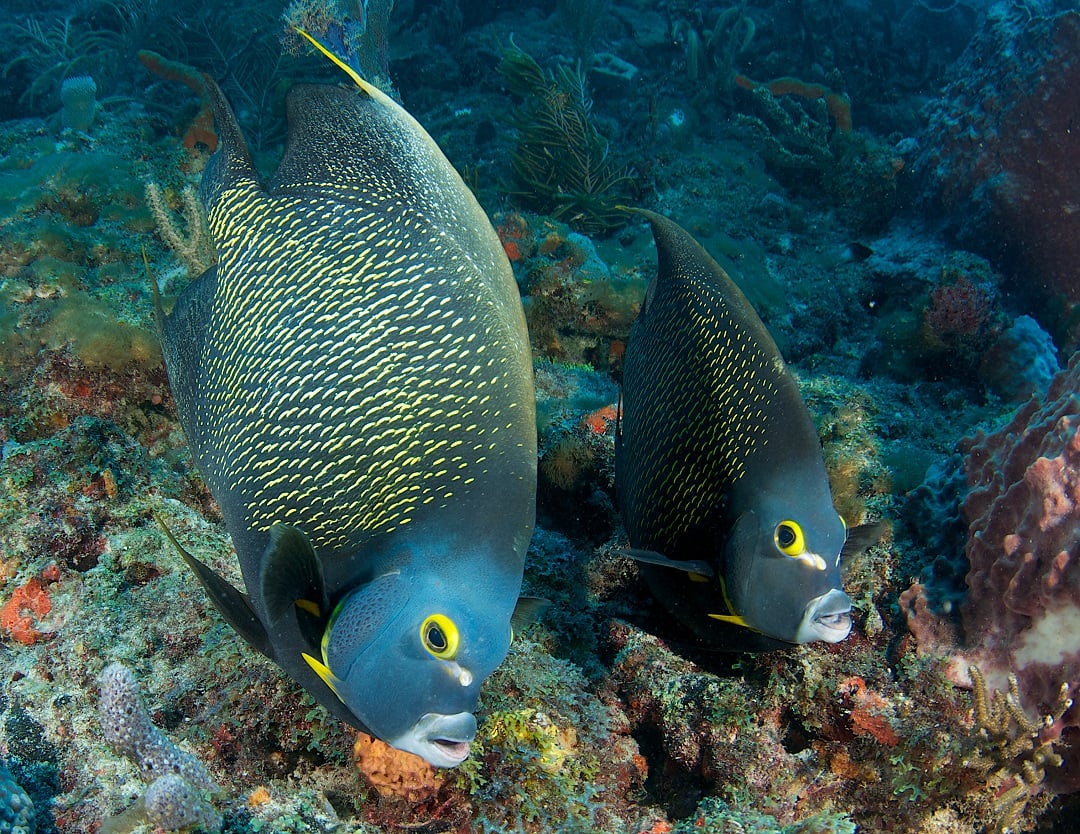
Photo: Peter Leahy / Shutterstock
10. Elephants
Known for their deep emotional connections, elephants demonstrate love through touching gestures such as entwining trunks and gentle caresses. They also exhibit strong familial bonds, with matriarchs leading their herds and nurturing their young, showcasing the importance of love and support within their social structures.
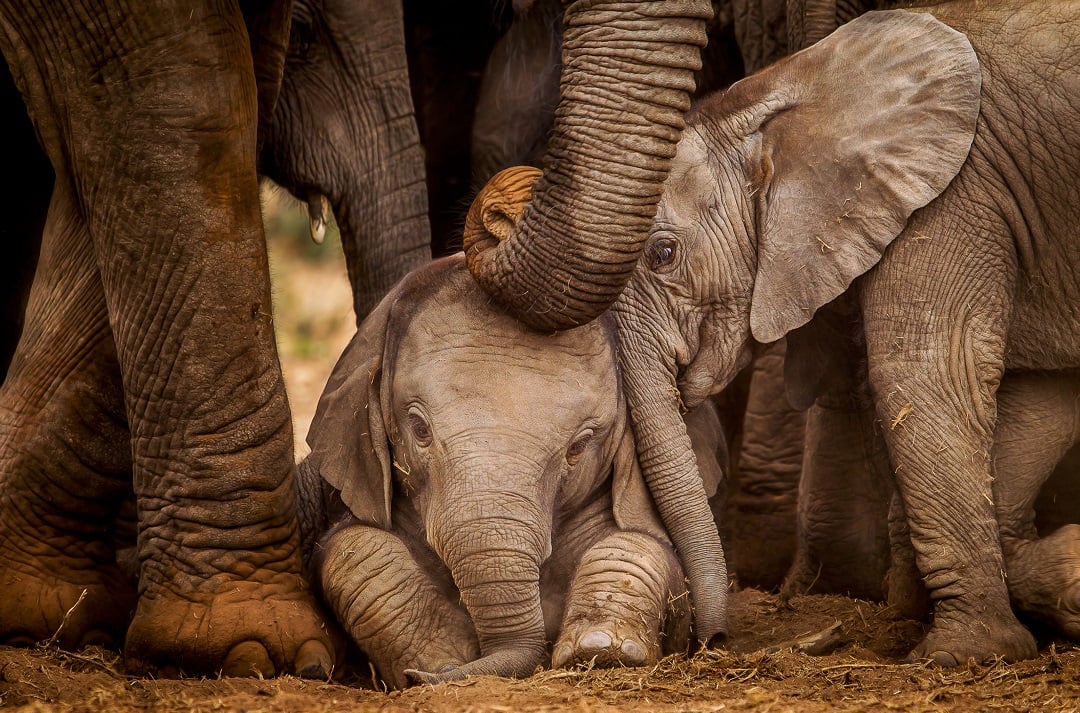
Photo: John Michael Vosloo / Shutterstock
This Valentine’s Day let’s take inspiration from these romantic animals and celebrate the beauty of love and companionship in all forms, both in the human world and the animal kingdom. ❤️
Let's also remember to protect and preserve the habitats of these incredible creatures so that future generations can continue to marvel at their displays of love and affection.
Tell your favourite someone that you love them a ton!
Celebrate someone special this Valentine's Day by sending a heartfelt, personalized eCard with love! Each eCard you send helps protect animals from cruelty and suffering.
Send an eCard
Recognize someone special in your life by sending them a personalized eCard.
